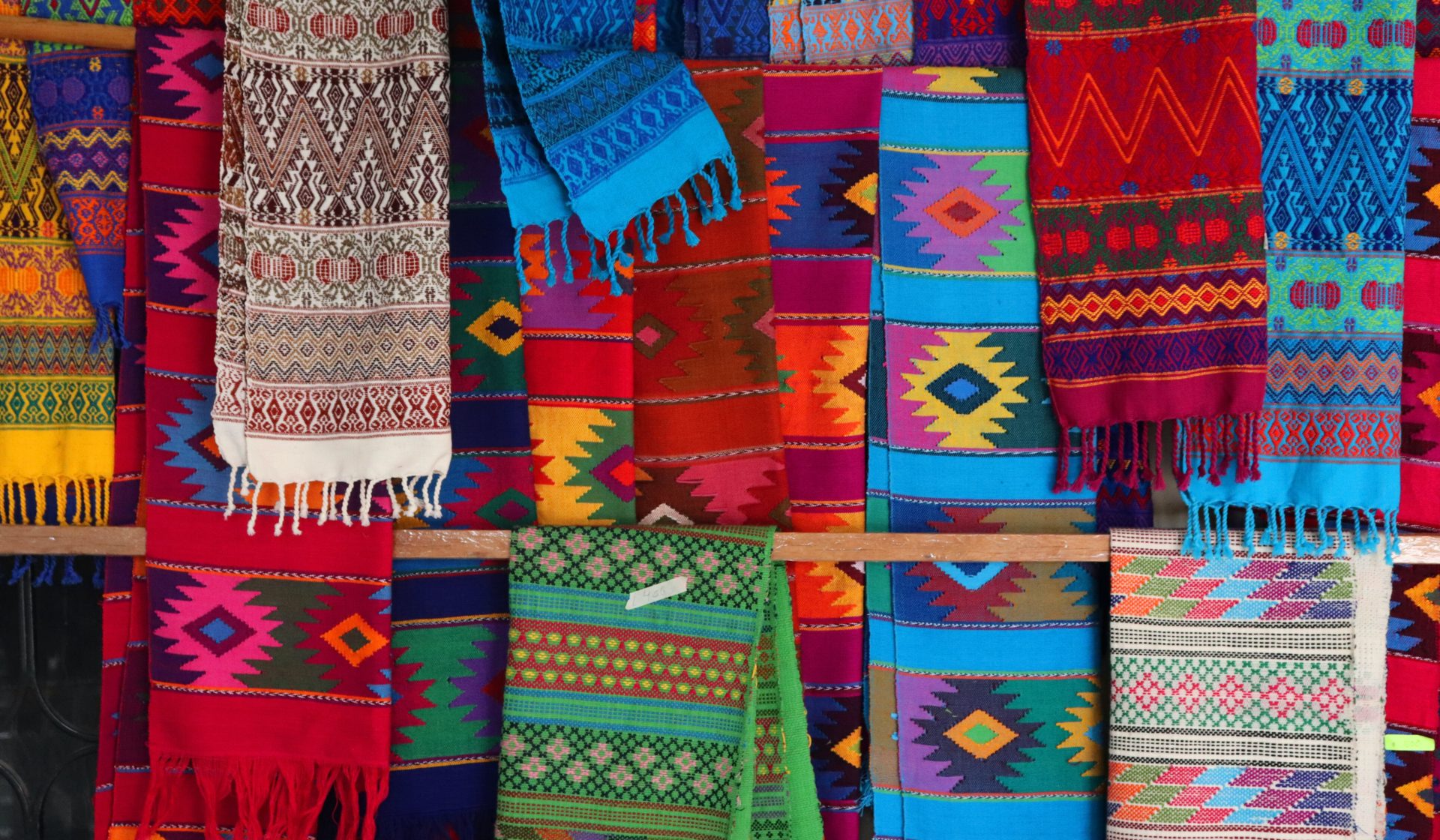Mexico’s ministry of culture has claimed that Zara, Anthropologie, and Patowl wrongfully made use of designs created by the country’s indigenous communities.
A number of fast fashion retailers – namely Zara, Anthropologie, and Patowl – have come under fire lately for using patterns distinctive to Mexico’s indigenous Mixteca population in the south-western state of Oaxaca.
Accused of cultural appropriation by Alejandra Frausto (the country’s culture minister), these brands have reportedly used the design motifs without any benefit whatsoever to the communities they originate from.
‘They reflect ancestral symbols related to the environment, history, and worldview of the community,’ Frausto said, asking for a ‘public explanation on what basis it could privatise collective property.’
Zara in particular has received the most backlash for selling dresses with the same aesthetic as traditional huipil garments worn by Mixtecan women as part of their identity, which often take local craftspeople at least a month to make.


Its parent company (and world’s largest clothing retailer) Inditex denies the claims, however.
‘The design in question was in no way intentionally borrowed from or influenced by the artistry of the Mixtec people of Mexico,’ it responded in a statement.
Anthropologie and Patowl have also been namechecked, the former for replicating embroidery patterns developed by the Mixe community of Santa Maria Tlahuitoltepec and the latter for blatantly copying the intricate hazme si puedes (make me if you can) technique of the Zapotec community in San Antonino Castillo Velasco.
This yet again brings to light the extent to which fashion designers are profiting from incorporating cultural designs without fairly compensating communities or acknowledging their origins.


It’s an issue which, by now, ought not be so prevalent but remains so owing to the fine line between ‘appropriation’ and ‘appreciation.’
Those found guilty of using other cultures for personal gain in recent years have been quick to excuse themselves on the grounds that creativity relies on inspiration: the key concept behind our creative process, alongside sampling and borrowing.





















